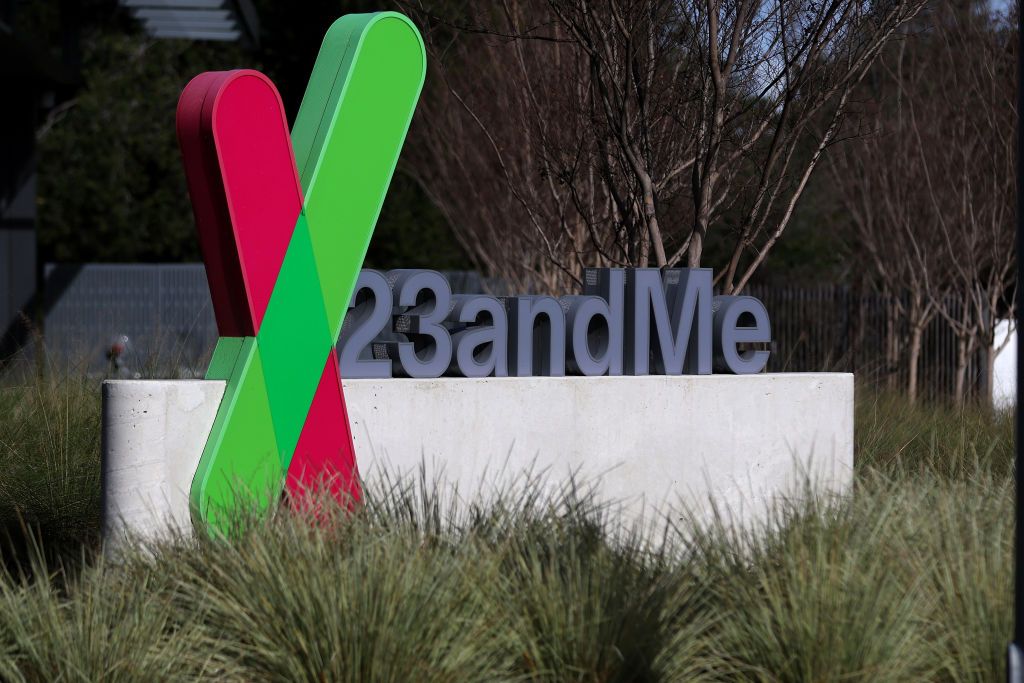The landscape of decentralized finance (DeFi) is rapidly changing, as evidenced by the trends observed in the first quarter of 2025. While traditional lending platforms have seen a significant decline in yield, innovative developments at the fringes of the market illustrate a maturation process that is propelling DeFi forward.
The Great Yield Compression
In recent months, a notable trend has emerged in the DeFi lending sector: yields have plummeted across leading platforms. The vaults.fyi USD benchmark has dipped below 3.1%, falling short of the U.S. 1-month T-bill yield of approximately 4.3% for the first time since late 2023. This benchmark, which represents a weighted average from four prominent markets, had approached nearly 14% in late 2024.
Prominent platforms have reacted to this shift with significant rate cuts. For instance, Spark has reduced its rates four times this year, starting at 12.5% and eventually settling at 4.5%. Similarly, Aave’s stablecoin yields for USDC and USDT have dwindled to around 3%, a stark contrast to the expectations just a few months ago. This decline indicates a cooling market, characterized by a noticeable drop in borrower demand across major platforms.
The TVL Paradox: Growth Despite Lower Yields
Interestingly, despite the downward trend in yields, the total value locked (TVL) in major stablecoin vaults has experienced remarkable growth. The largest vaults on platforms such as Aave, Sky, Ethena, and Compound have nearly quadrupled in size over the past year, jumping from approximately $4 billion to around $15 billion in supply-side deposits.
Even amidst consecutive rate cuts by Spark, its TVL has increased more than threefold since the beginning of 2025. The fact that capital has remained “sticky,” despite yields dropping from nearly 15% to under 5%, indicates a growing institutional confidence in DeFi protocols as reliable financial infrastructures rather than speculative investments.
The Rise of Curators: DeFi’s New Asset Managers
One significant advancement in DeFi lending is the emergence of curators, who are redefining asset management within the ecosystem. Protocols like Morpho and Euler have introduced curators who build, manage, and optimize lending vaults. These curators function as a new type of asset manager, evaluating market conditions, setting risk parameters, and optimizing capital allocations to provide enhanced yields.
Unlike traditional service providers that merely offer advice, curators actively manage capital deployment strategies across varied lending opportunities. On platforms such as Morpho and Euler, curators are responsible for critical risk management functions, including selecting collateral assets, determining loan-to-value ratios, selecting oracle price feeds, and establishing supply caps. They develop targeted lending strategies tailored to specific risk-reward profiles, bridging the gap between passive lenders and yield sources.
Firms like Gauntlet, which previously served protocols like Aave and Compound, now manage nearly $750 million in TVL across various platforms. With performance fees ranging from 0-15%, this model holds the potential for substantial revenue, far exceeding traditional arrangements. For instance, curators have collectively generated close to $3 million in revenue, and based on Q1 figures, they are on track to reach approximately $7.8 million in 2025.
Successful curator strategies have largely maintained higher yields by accepting riskier collateral at aggressive LTV ratios, particularly by utilizing Pendle LP tokens. This sophisticated risk management approach yields superior returns even in the current environment of compressed yields. For example, the largest USDC vaults on both Morpho and Euler have outperformed the vaults.fyi benchmark, showing base yields of 5-8% and total yields, including token rewards, ranging from 6-12%.
Protocol Stratification: A Layered Market
The current market environment has led to the development of a distinct market structure characterized by stratification:
1. Blue-chip Infrastructure (Aave, Compound, Sky)
– Operates similarly to traditional money market funds.
– Provides modest yields (2.4-6.5%) with maximum security and liquidity.
– Captures the majority of TVL growth.
2. Infrastructure Optimizers & Strategy Providers
– Base Layer Optimizers: Platforms like Morpho and Euler enable greater capital efficiency.
– Strategy Providers: Specialized firms such as MEV Capital, Smokehouse, and Gauntlet leverage these platforms to offer higher yields exceeding 12% on USDC and USDT as of late March.
This two-tiered structure creates a more dynamic market, allowing strategy providers to quickly adapt to yield opportunities without the need to build core infrastructure. The available yields ultimately depend on the efficiency of the foundational protocol and the sophistication of the strategies employed atop it. Users are now navigating a more complex landscape where the interaction between protocols and strategies is crucial in determining yield potential. While blue-chip protocols offer simplicity and safety, the combination of optimizing protocols and specialized strategies can yield returns comparable to those seen in previous high-rate environments.
Chain by Chain: Where Yields Reside
Despite the rise of Layer 2 (L2) solutions and alternative Layer 1 (L1) chains, Ethereum’s mainnet continues to host many of the top yield opportunities. This persistence is notable in a market where incentive programs have often redirected yield-seeking capital to newer chains.
Among established chains like Ethereum, Arbitrum, Base, Polygon, and Optimism, yields remain generally low. Outside of the mainnet, attractive yield opportunities are predominantly found on Base, indicating its emerging role as a secondary yield hub. Newer chains with substantial incentive programs (such as Berachain and Sonic) have shown elevated yields, but the sustainability of these rates is uncertain as incentives may eventually decrease.
The DeFi Mullet: FinTech Meets DeFi
A major development this quarter was Coinbase’s rollout of Bitcoin-collateralized loans powered by Morpho on its Base network. This integration exemplifies the “DeFi Mullet” concept — fintech interfaces at the forefront, with DeFi infrastructure operating behind the scenes.
As Max Branzburg, Coinbase’s head of Consumer Products, noted, “This is a moment where we’re planting a flag that Coinbase is coming on-chain, and we’re bringing millions of users with their billions of dollars.” The integration allows users to borrow up to $100,000 in USDC against their Bitcoin holdings, seamlessly merging traditional finance with DeFi capabilities.
This approach illustrates the belief that billions will eventually utilize Ethereum and DeFi protocols without even realizing it, similar to how they currently use TCP/IP technology. Traditional fintech companies are likely to adopt this strategy, maintaining familiar interfaces while leveraging the robust infrastructure of DeFi.
Coinbase’s implementation is particularly significant as it integrates fully within the Coinbase ecosystem: users provide BTC as collateral to mint cbBTC (Coinbase’s wrapped Bitcoin on Base) and borrow USDC through Morpho, which operates on Coinbase’s Layer 2 network.
Looking Ahead: Potential Catalysts for the Lending Market
Several factors could significantly reshape the lending landscape throughout 2025:
– **Democratized Curation**: As curator models evolve, could AI-driven solutions enable everyone to become their own curator? Though still in its infancy, advancements in on-chain automation suggest a future where personalized risk-yield optimization becomes accessible to retail users.
– **Integration of Real-World Assets (RWA)**: The ongoing evolution of RWA integration could introduce new yield sources that are less correlated with crypto market fluctuations.
– **Institutional Adoption**: The growing comfort among institutional investors with DeFi infrastructure suggests an influx of capital that could alter lending dynamics.
– **Specialized Lending Niches**: The rise of highly specialized lending markets targeting specific user needs beyond mere yield generation.
The protocols best positioned to thrive will be those that adeptly navigate the risk spectrum, catering to both conservative institutional capital and aggressive yield-seekers through increasingly sophisticated risk management and capital optimization strategies.



